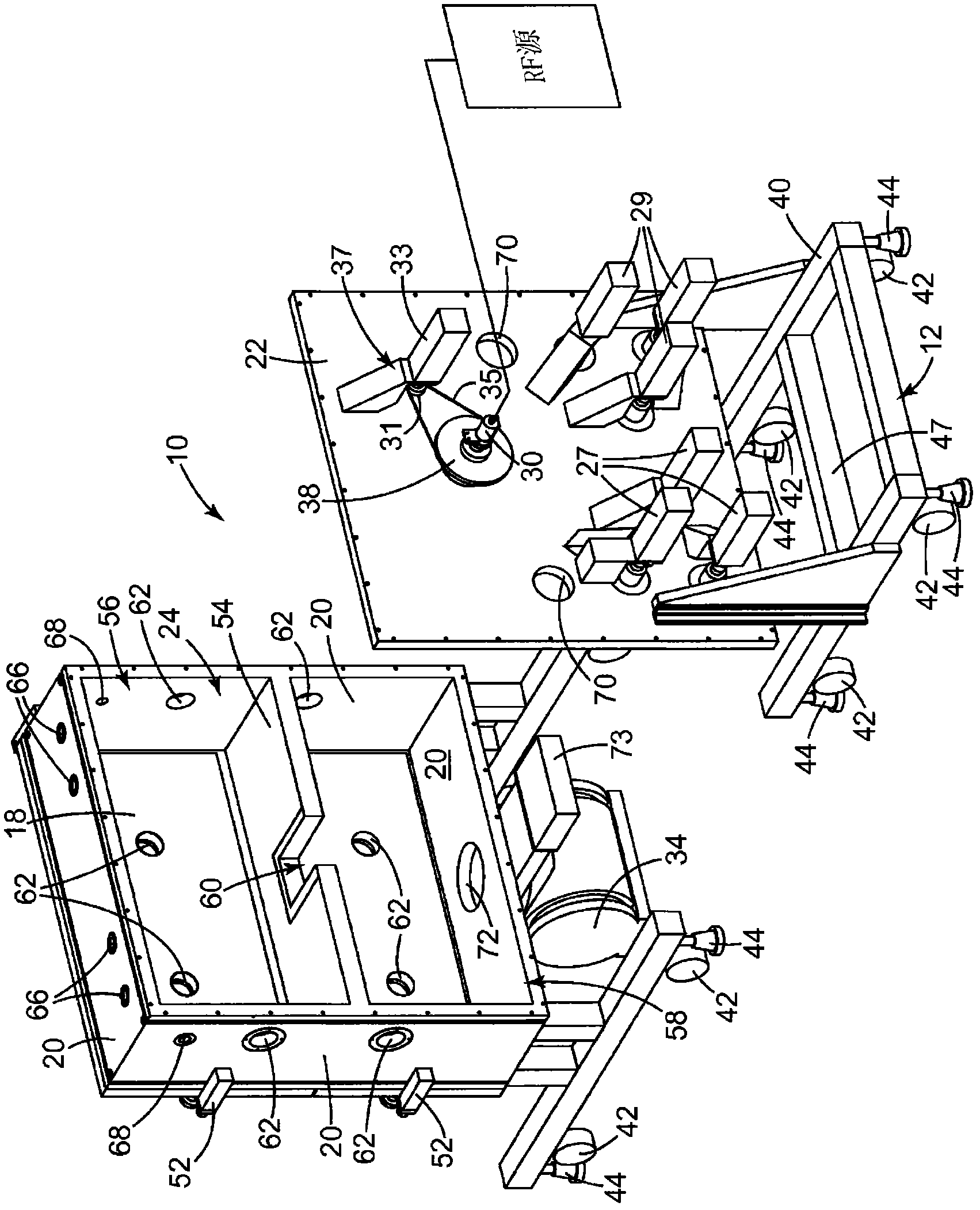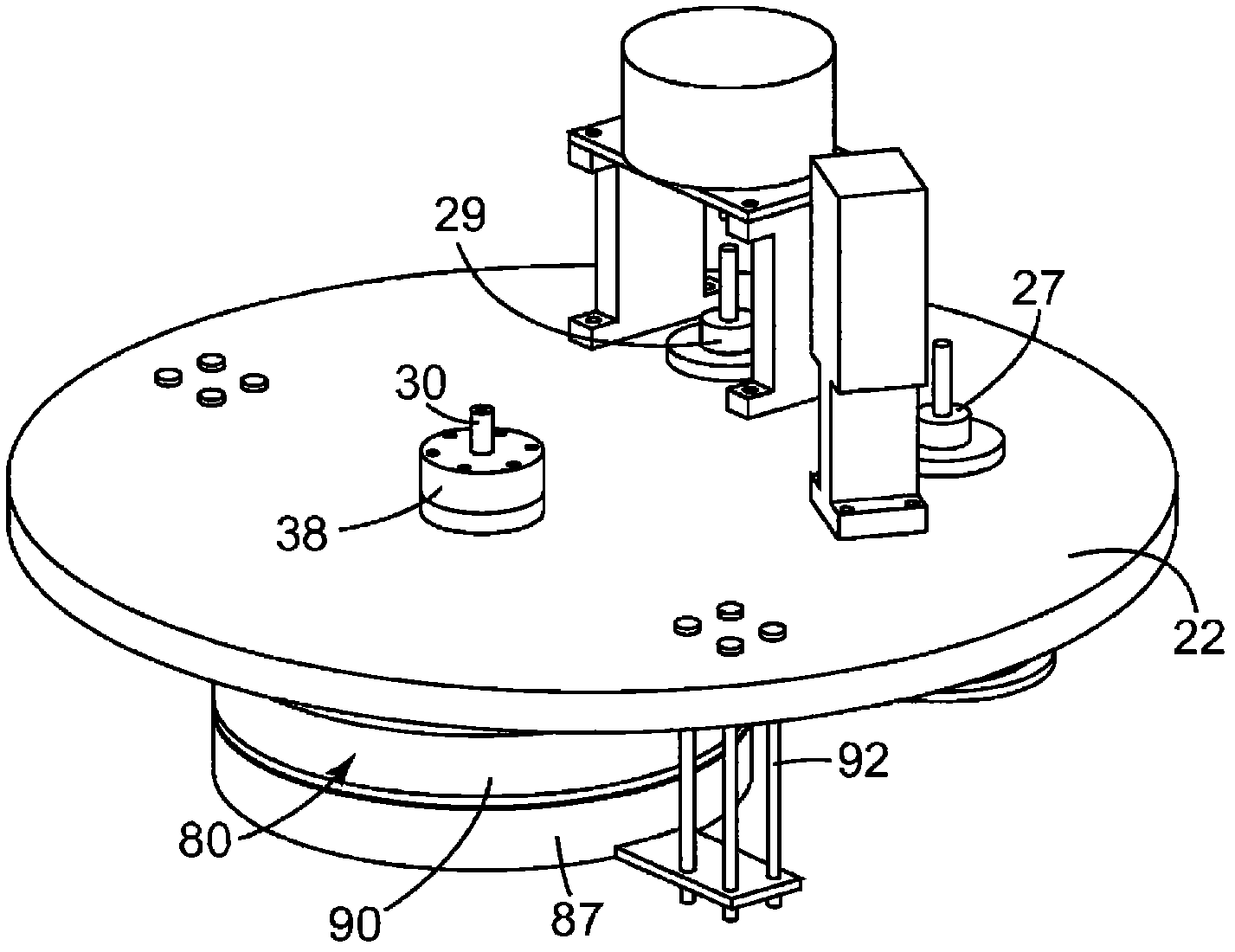Antireflective articles and methods of making the same
A product and transmittance technology, applied in the field of preparing nanostructured products, can solve problems such as restricting commercial feasibility, and achieve the effect of reducing reflectivity
- Summary
- Abstract
- Description
- Claims
- Application Information
AI Technical Summary
Problems solved by technology
Method used
Image
Examples
example 1
[0130] According to the method described in U.S. Patent No. 5,104,929 (Bilkadi), Nalco2327, SR444 (pentaerythritol triacrylate), A-174 (methacryloxypropyltrimethoxysilane) and Irgacure TM 184 (photoinitiator) A 40% by weight 20nm silica particle filled acrylic coating was prepared. The coating formulation was then diluted with isopropanol (IPA) to form a 50% by weight solution. Next the coating solution was coated on the primed 2 mil PET film. The solution was drawn into the coating mold with a syringe, the coating was dried by passing through an oven set at 120°C, and then cured with a UV light source. The resulting cured coating was about 4 microns thick. The samples were treated with oxygen plasma at different treatment times (30, 60, 90, 120, 150 and 180 seconds). The average % reflectance was measured and reported in Table 1. Samples 2-7 achieved a significant reduction in reflectance, with the 90 second treatment providing the best reflectance performance.
[0131] ...
example 2
[0134] SR295 (pentaerythritol tetraacrylate) (240 gm), SR238 (hexanediol diacrylate) (240 gm) and SR506 (isobornyl acrylate) (120 gm) were combined and mixed. 5 nm silica particles Nalco 2326 (400 gm) were charged into a 1 quart jar. 1-Methoxy-2-propanol (450 gm), 3-(methacryloxy)propyltrimethoxysilane (27.82 gm) and 5% Prostab 5128 in water (hindered amine nitrogen oxide inhibited agent) (0.23 gm) were mixed together and added to the colloidal dispersion with stirring. The jar was sealed and heated to 80°C for 16 hours. The surface modified silica dispersion (1166 gm), the resin blend of SR295, SR238 and SR506 (70 gm) and 5% Prostab in water (058 gm) were combined and mixed. Water and 1-methoxy-2-propanol were removed from the mixture by rotary evaporation. This gives SiO 2 Clear composition of resin mixture (184.6 gm). The weight percent of modified silica in the formulation was about 60% by weight. The preparation of the 20 nm silica particle concentrate was accomplis...
example 3
[0138] Will be POSS by MA0736 TM Molecule (from Hybrid Plastics Inc., Hattiesburg, MS), CN991 (aliphatic urethane acrylate from Sartomer, Exton, PA), CN2303 (alkoxylated polyfunctional acrylate oligomer from Sartomer), Tetrahydrofurfuryl Alcohol (TFHA) and Lucirin TM Coating solutions made from blends of TPO-L (a photoinitiator from BASF) were applied to a primed PET film and then cured by a UV light source. The coated film was then treated with oxygen plasma for 90 seconds. The % reflectance was measured and reported in Table 4 along with the formulation and treatment conditions.
[0139] Table 4: Reflectance results for plasma treated samples of Example 3
[0140]
PUM
| Property | Measurement | Unit |
|---|---|---|
| particle size | aaaaa | aaaaa |
| diameter | aaaaa | aaaaa |
| thickness | aaaaa | aaaaa |
Abstract
Description
Claims
Application Information
 Login to View More
Login to View More - R&D
- Intellectual Property
- Life Sciences
- Materials
- Tech Scout
- Unparalleled Data Quality
- Higher Quality Content
- 60% Fewer Hallucinations
Browse by: Latest US Patents, China's latest patents, Technical Efficacy Thesaurus, Application Domain, Technology Topic, Popular Technical Reports.
© 2025 PatSnap. All rights reserved.Legal|Privacy policy|Modern Slavery Act Transparency Statement|Sitemap|About US| Contact US: help@patsnap.com



